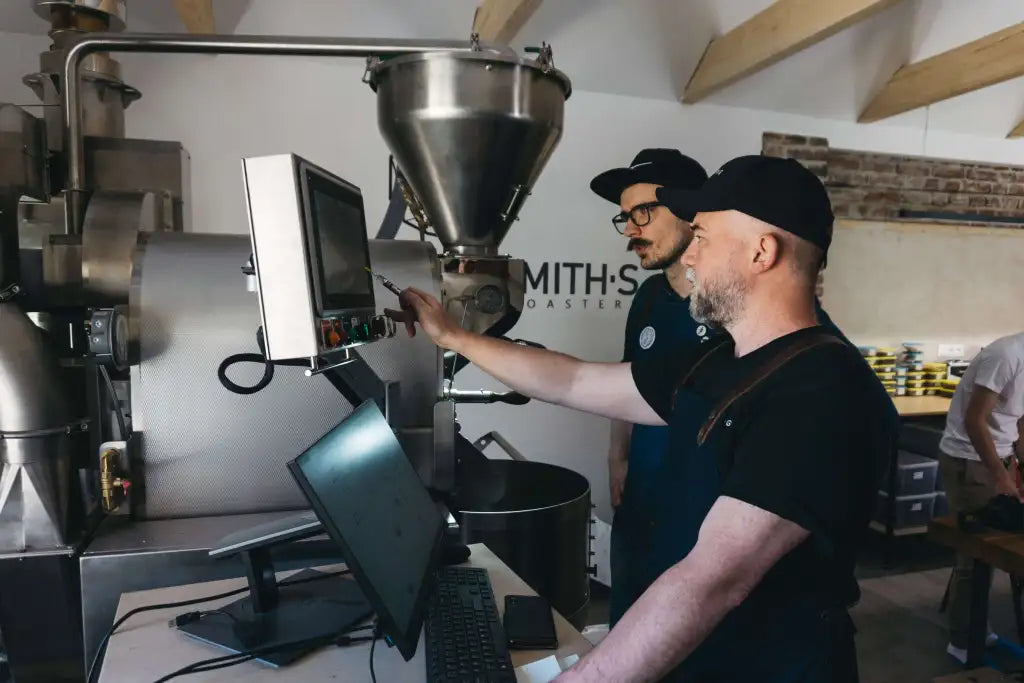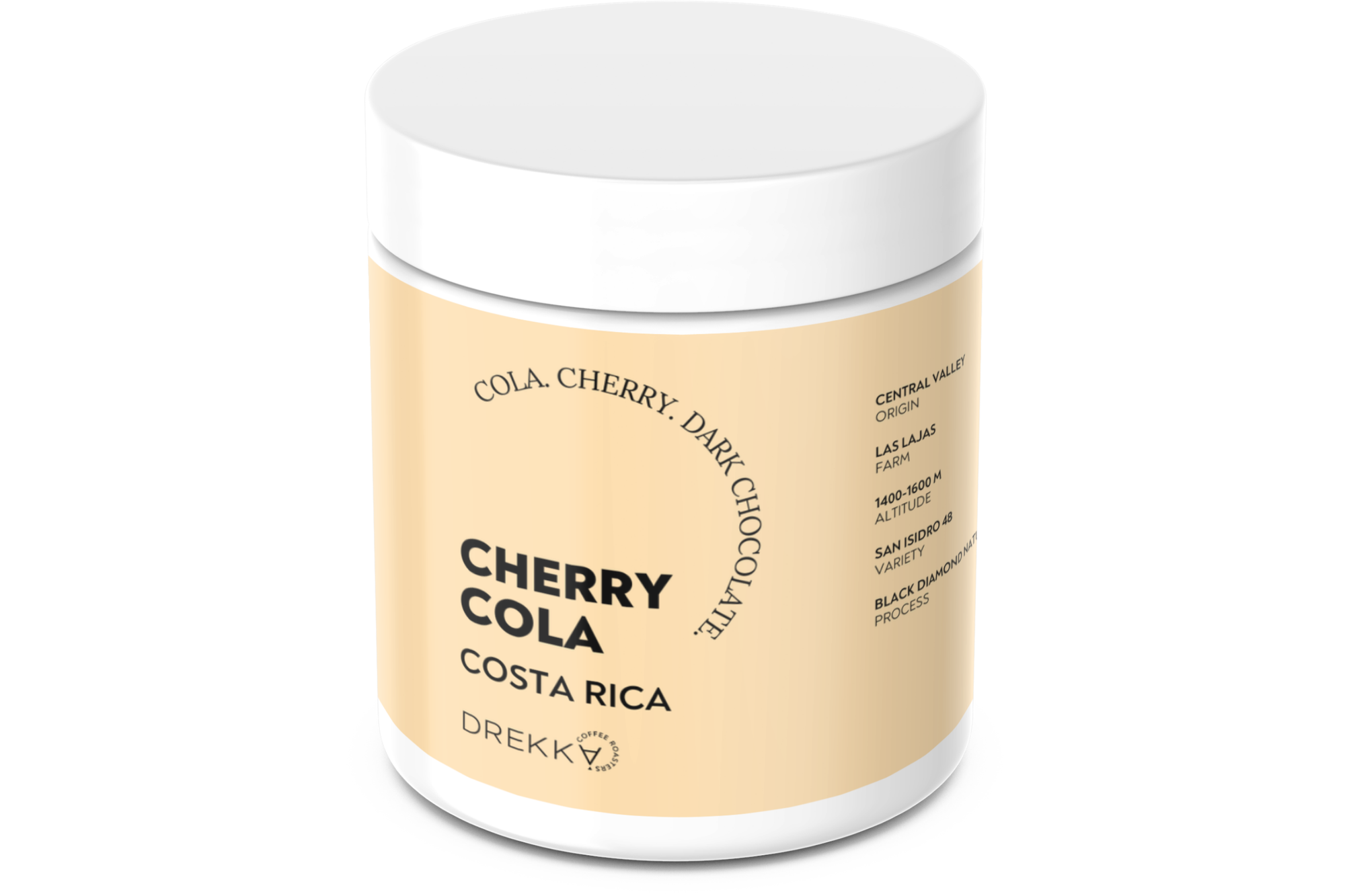This lot comes from Hugo Beltrán, a young coffee producer in Colombia who is continuing a family legacy that began over 30 years ago with the purchase of Finca Filadelfia by his father, Orlando Beltrán. Raised among the coffee trees, Hugo inherited both the passion and deep-rooted knowledge of coffee cultivation, which he’s since combined with modern techniques to elevate quality and efficiency on the farm.
Originally covering 40 hectares, the farm has expanded significantly under Hugo’s management. Today, 90 hectares are planted with coffee, including 10 hectares of Cenicafé varieties, introduced as part of his push for innovation. Hugo has also invested in advanced cultivation and processing equipment, helping to modernize operations while preserving the traditional practices that shaped his upbringing.
Finca Filadelfia is located in a region historically known for its coffee and plantain production. The area is now part of Colombia’s celebrated “Magical Coffee Route”, a growing destination that highlights the excellence of Colombian coffee and the people behind it. With this increasing recognition, Hugo’s farm stands out as an example of how tradition and innovation can work hand in hand.
This particular lot features two Colombian varieties developed by Cenicafé, the National Coffee Research Centre: Castillo and Cenicafé 1.
Castillo, introduced in 2005, is now the most widely grown variety in Colombia. It was bred for resistance to leaf rust, a major threat to coffee crops, and is a cross between Caturra and Timor Hybrid. Though sometimes debated among specialty buyers due to its partial Robusta heritage, Castillo remains a high-yield, disease-resistant plant that has helped many Colombian farmers remain resilient.
Cenicafé 1 is a more recent development - 20 years in the making - and represents the next step in Colombia’s breeding strategy. It’s a cross between Caturra and Timor Hybrid 1343, selected from over 116 variants for its combination of high quality, disease resistance, and improved productivity. Like Castillo, it’s a compact plant, ideal for high-density planting.
Harvesting is done entirely by hand. The cherries undergo wet disinfection for 10 minutes, followed by de-pulping, then a mix of aerobic and anaerobic fermentation. For larger lots, fermentation takes place in open tanks for 18 to 24 hours, after which the coffee is washed. Finally, the beans are dried slowly in parabolic dryers (kilns) for 14 to 20 days, ensuring even drying and flavor development.
This coffee is a great example of the evolving face of Colombian coffee - deeply rooted in tradition, yet constantly pushing forward through research, experimentation, and a new generation of farmers like Hugo Beltrán.





